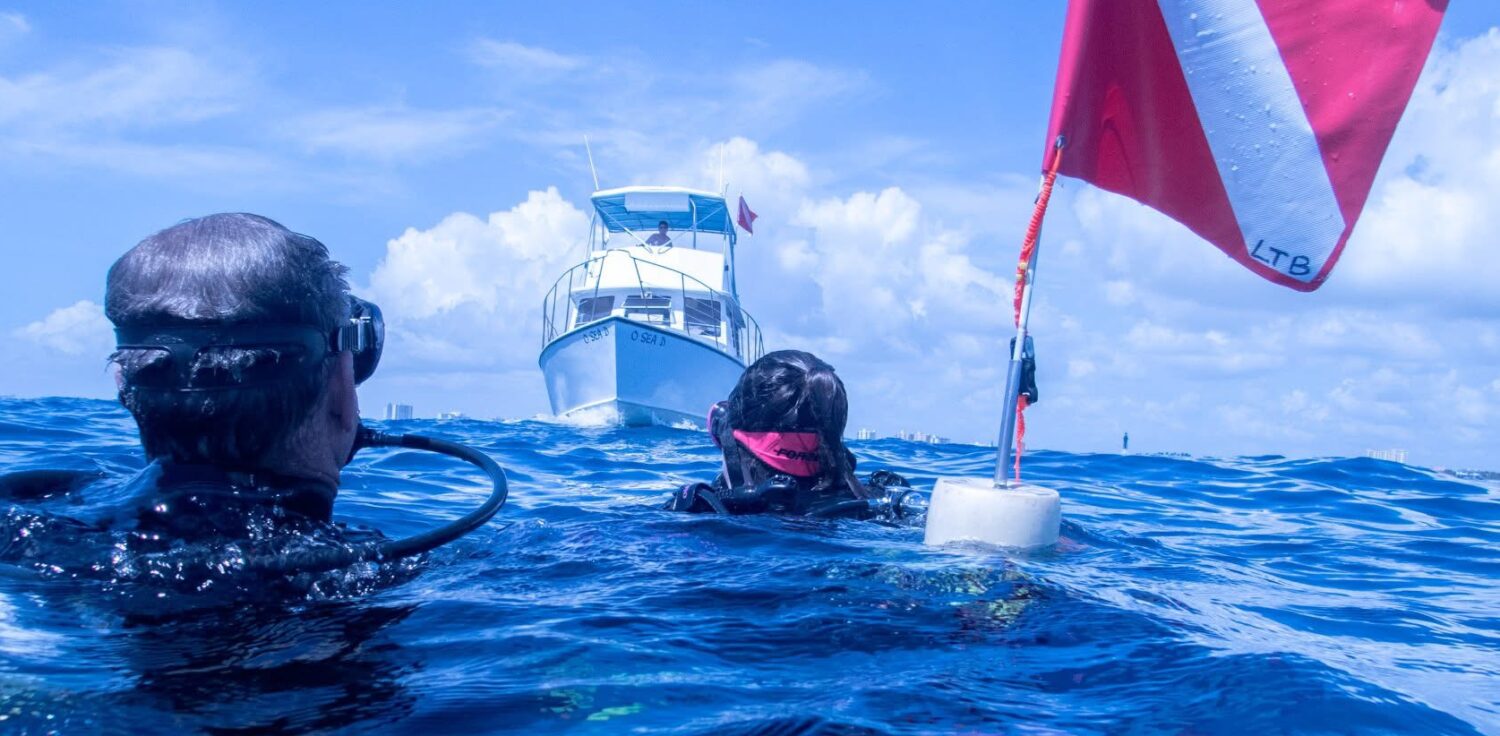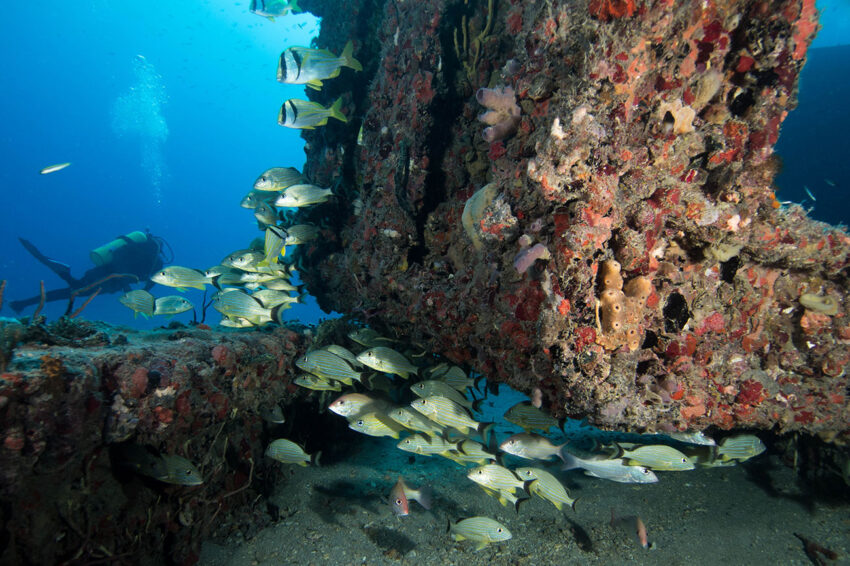Florida is world-renowned for its stunning coral reefs, vibrant marine biodiversity, and crystal-clear waters that make it a mecca for ocean enthusiasts. Whether you’re passionate about scuba diving Florida or enjoying snorkeling South Florida, these reefs offer one-of-a-kind opportunities to observe fascinating underwater life. This article delves into the marine species you can expect to encounter, highlights premier dive and snorkel destinations, and includes best practices for respectful reef exploration.
The Magic of Florida’s Reefs
Why Florida Reefs Are Unique
Florida is home to the only living coral barrier reef in the continental United States—the Florida Reef Tract—which runs roughly 358 miles from Dry Tortugas National Park near Key West to the St. Lucie Inlet in Martin County. Composed of vibrant hard and soft corals, sea fans, and rocky ledges, these reefs shelter an astonishing variety of life.
Top Destinations for Scuba Diving and Snorkeling
- Florida Keys: The heart of the state’s coral reefs, including Key Largo’s John Pennekamp Coral Reef State Park—America’s first underwater park featuring famous dive sites like Christ of the Abyss, Molasses Reef, and French Reef.
- Palm Beach and Fort Lauderdale: Well-known for their natural and artificial reef systems, teeming with large and small marine life just a short boat or even swim from shore.
- Biscayne National Park: Home to extensive shallow reefs—ideal for snorkeling South Florida—which are full of color, shipwrecks, and abundant marine species.
Iconic Marine Species of Florida’s Reefs
Coral and Invertebrates
- Stony Corals and Soft Corals: Florida boasts more than 45 species of stony corals and 35 species of soft corals. Look out for iconic elkhorn, brain, and pillar corals along with colorful sea fans swaying in the gentle currents.
- Sponges and Sea Urchins: Integral to the ecosystem, sponges filter water while sea urchins help keep algae in check.
- Queen Conch: The large, beautifully spiraled queen conch is endemic to Florida Keys reefs, now protected and not to be harvested in state waters.
- Nudibranchs: More than 200 species of these colorful sea slugs have been recorded in Palm Beach, making them a favorite for macro photographers.
Fish
- Angelfish (including French, Queen, and Gray Angelfish): Famous for their brilliant hues and sizes of up to 24 inches in Palm Beach.
- Parrotfish (e.g., Midnight Parrotfish): These chunky, vibrant fish are important for reef health, grazing on algae to prevent coral overgrowth.
- Butterflyfish, Trumpetfish, Grunts, and Snappers: School in massive numbers along reef ledges and coral heads, creating breathtaking scenes for divers and snorkelers alike.
- Groupers (Goliath Grouper): Critically endangered and sometimes massive (up to 800lb), goliath groupers are seen at cleaning stations, reef ledges, and especially during fall spawning aggregations.
- Moray Eels: The Florida reefs are home to more than 20 eel species, including the impressive green and spotted morays, often found peeking from reef crevices.
- Seahorses and Pipefish: Rare but possible to spot, especially in more protected or grassy areas near the reefs.
- Frogfish and Octopus: Masters of disguise, these fascinating animals are often observed by eagle-eyed divers in reef nooks and crannies.
Large Marine Life & Pelagics
- Sea Turtles: Five of the world’s seven sea turtle species (especially Loggerhead, Green, and Hawksbill) are regularly seen by divers and snorkelers, with nesting and mating typically summer events.
- Rays: Spotted eagle rays, southern stingrays, and the occasional manta ray glide gracefully along the sandy bottoms at reef edges.
- Sharks: Reef, nurse, and even lemon or hammerhead sharks are a thrilling but typically safe sight on deeper dives, attracted by the healthy fish populations. Whale sharks—though rare—are sometimes spotted in seasonal migrations.
- Dolphins and Manatees: While less common on the open reefs, Atlantic bottlenose dolphins and gentle manatees are often seen on boat rides to the dive sites, especially in seagrass areas bordering reefs.
- Lobsters: Florida spiny lobsters are abundant on and around the reefs, recognizable by their long antennae and lack of claws.
Best Practices: Protecting the Reefs While Diving and Snorkeling
Florida’s reefs are fragile and heavily trafficked (over 700,000 divers and snorkelers visit the Keys alone annually), so it’s crucial to minimize your impact.
- Never touch, stand on, or collect coral or marine animals: Even gentle contact can injure corals or stress reef inhabitants.
- Maintain good buoyancy control: Especially important for novice divers; poorly controlled kicks or dangling equipment easily damage sensitive coral or stir up sediment, smothering fragile polyps.
- Respect local rules and marine protected areas: Many reefs are within National Marine Sanctuaries with strict no-take and no-touch policies; use mooring buoys rather than dropping anchors.
- Book eco-friendly operators: Look for dive centers with sustainable practices certifications like “Blue Star” operators in the Florida Keys.
When and Where to Go for Marine Life Encounters
Seasonal Highlights
- Winter (November–March): Manatees gather in warmer inshore waters, North Atlantic right whales can migrate offshore, and reef fish populations remain strong.
- Spring/Summer: Peak time for sea turtle nesting and incredible coral spawning events on night dives.
- Fall: Known for spectacular goliath grouper aggregations—a photographer’s dream.
Hotspots for Marine Life
| Location | Best For | Entry Type |
| John Pennekamp Coral Reef State Park | Corals, tropical fish, turtles, statues | Boat, snorkel |
| Molasses Reef (Key Largo) | Corals, nurse sharks, groupers, rays | Boat dive |
| Palm Beach Reefs | Super-sized angelfish, eels, nudibranchs | Boat, shore |
| Fort Lauderdale Twin Ledges | Colorful fish, sponges, turtles | Boat, snorkel |
| Biscayne National Park | Shallow reefs, seagrass, dolphins, rays | Boat, snorkel |
Tips for the Best Experience
- Snorkeling South Florida is perfect for families and beginners, with shallow reefs and calm water close to shore in places like Fort Lauderdale, Hollywood, and Key Largo.
- Scuba diving Florida is suitable for all levels, with beginner sites as shallow as 20ft and advanced dives on deeper reefs and shipwrecks throughout the Keys and Southeast Florida.
- Always check seasonal marine life migration calendars for the best chance of seeing specific species (like grouper, turtles, or certain pelagics).
- Underwater photography is highly rewarding—pack a camera to capture unforgettable moments, but always keep a safe distance from marine life.
Conclusion
Exploring Florida’s reefs through South Florida dive boats adventures or snorkeling South Florida excursions offers not only up-close encounters with breathtaking biodiversity but also a deeper appreciation for some of the world’s most important and sensitive marine habitats. Whether swimming amid clouds of tropical fish, coming face-to-face with a goliath grouper, or gliding alongside a sea turtle, every dive or snorkel trip is unique. By diving responsibly, you’ll help ensure these reefs remain healthy and thriving for generations to come.
Embark on your ocean adventure—Florida’s vibrant reefs and astonishing marine life await beneath the waves!


